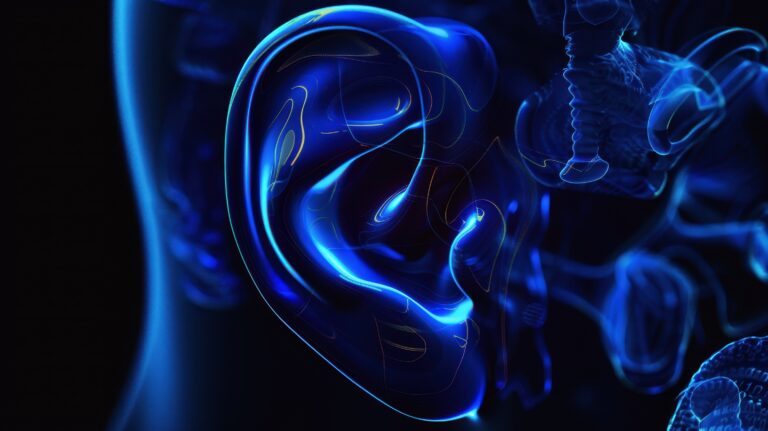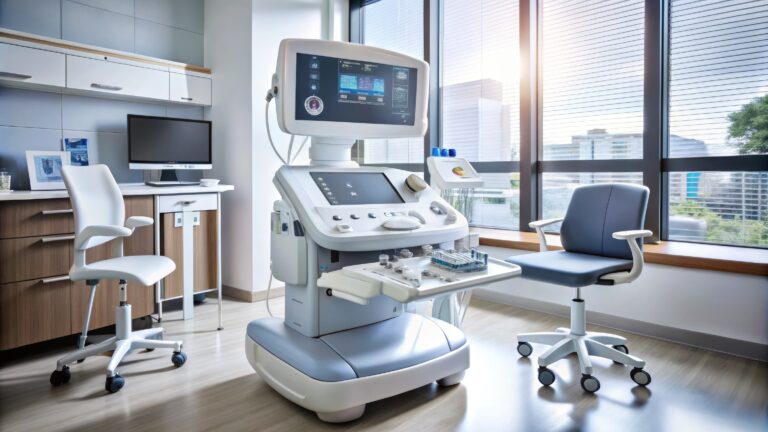3D Ultrasound
Ultrasound imaging has long been a fundamental tool in medical diagnostics, providing crucial insights into the human body without the need for invasive procedures. Traditional 2D ultrasound has offered valuable perspectives on internal organs. Still, the advent of 3D ultrasound technology has revolutionised the field, offering three-dimensional images that provide clinicians with a more comprehensive understanding of anatomical structures.
The development of 3D ultrasound began in earnest in the late 20th century, aiming to overcome the limitations posed by conventional ultrasound’s flat, two-dimensional images. This technology uses sound waves to create images by sweeping over the area of interest and capturing data from multiple angles. These data points are then reconstructed computationally to form a three-dimensional volume of the scanned area, allowing for a dynamic exploration of the body’s internal features.
One of the most significant advantages of 3D ultrasound is its impact on prenatal care. Obstetricians and expectant parents alike benefit from the enhanced imagery that offers a clearer, more tangible connection to the unborn child. These detailed images allow for a more precise assessment of fetal development and early diagnosis of potential abnormalities. The ability to view the exact shape and structure of a fetus’s organs and limbs can assist medical professionals in preparing for any medical interventions that might be required at birth.
Beyond obstetrics, 3D ultrasound has notable applications in other medical fields, such as cardiology and oncology. Cardiologists use this technology to view the heart’s chambers and valves in a way that was not previously possible, aiding in diagnosing and managing heart diseases. In oncology, it provides a better visualisation of tumours, enabling more accurate assessments of their size and relation to surrounding tissues, which is critical for both diagnosis and treatment planning.
Despite its advantages, implementing 3D ultrasound technology faces challenges. The high cost of equipment and the need for specialised training to interpret complex images can be significant barriers. However, ongoing advancements are making this technology more accessible and user-friendly.
The future of 3D ultrasound promises even greater enhancements with the integration of artificial intelligence and machine learning, which can aid in automating some of the processes for faster and more accurate diagnoses. Furthermore, the development of portable ultrasound machines is expanding the reach of this essential tool, allowing it to be used in remote locations and improving healthcare accessibility worldwide.
In summary, 3D ultrasound technology has not only enhanced the diagnostic capabilities of medical professionals but has also significantly improved patient care by providing more detailed and accurate visual information. As technology progresses, its integration into various medical fields will undoubtedly continue to grow, underlining its importance in modern medicine.
You are here:
home » 3D Ultrasound



